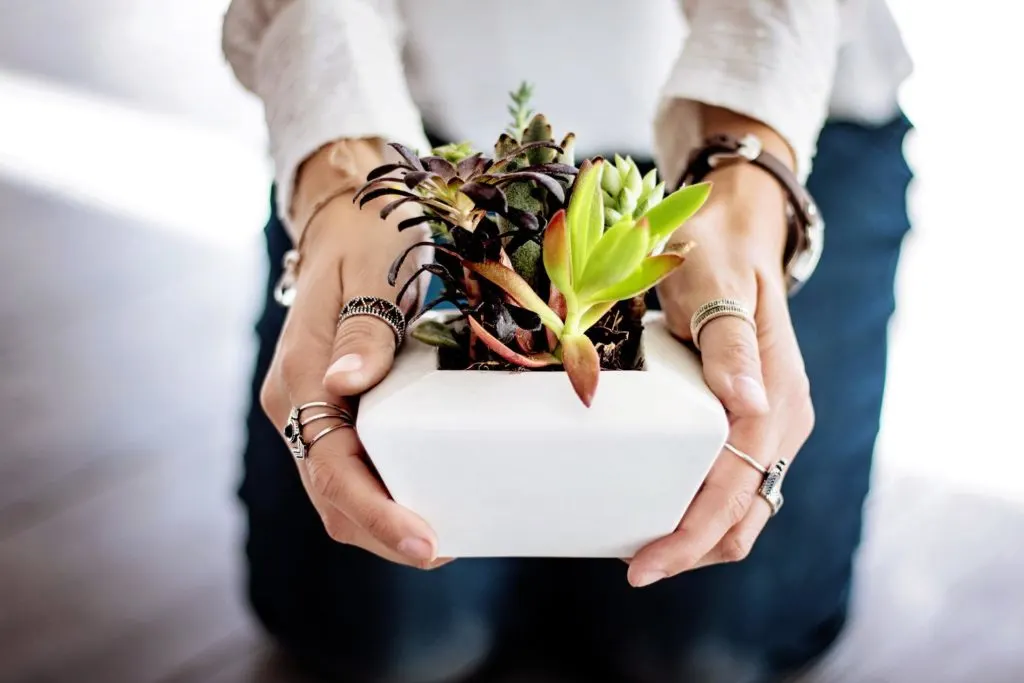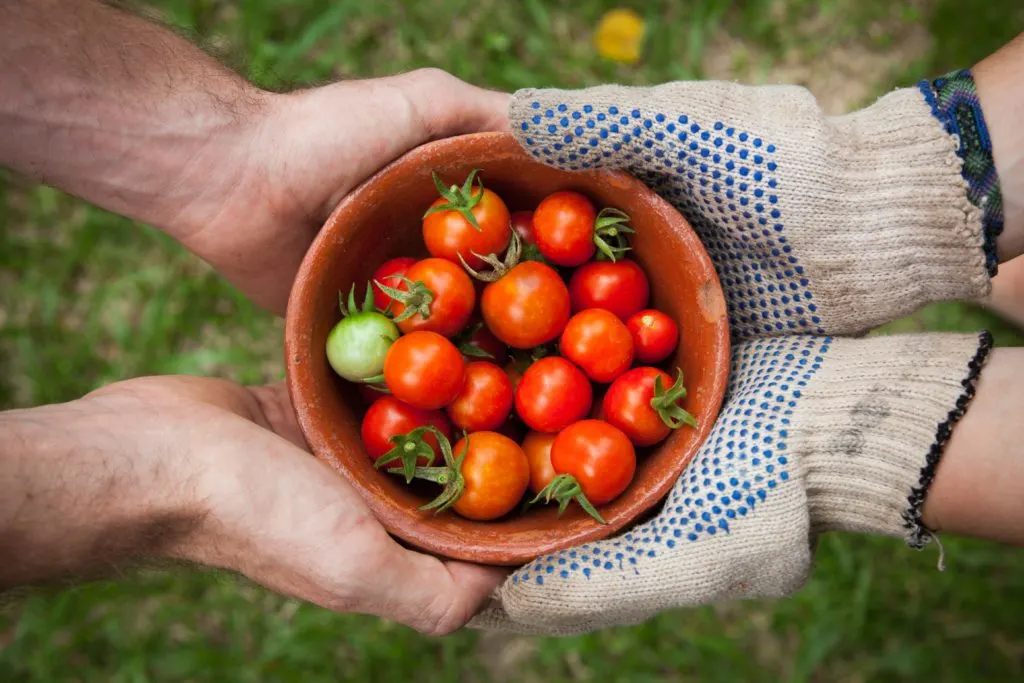“What is Buy Nothing”, you ask? By now, it is likely you have come across local Buy Nothing groups on Facebook, heard about Buy Nothing from a friend, or learned about it through articles in major news publications.
Buy Nothing, in a sense, is exactly what it sounds like! In short, it is a community of people all over the world who share resources, so that whenever possible, we can buy nothing. Read on for more information about how to join your local Buy Nothing community, learn how to make the most of Buy Nothing, and read about Buy Nothing’s ambitious mission.

What is Buy Nothing and why was it Created?
Buy Nothing is a community started by two friends who just wanted to reduce waste and help build community.
Two friends named Rebecca and Leisl were on a trip to the beach with their children when they noticed how much plastic and other discarded waste was littering the beach. It occurred to them that if people bought less stuff, we would have less waste to harm our environment. Aside from their mission to reduce waste around the world, Rebecca and Leisl say that the most important mission of Buy Nothing is community building.
So, Rebecca and Leisl set out to connect people who have something to give or lend, or a need for a particular item. Buy Nothing connects neighbors to one another so they can share posts about something they have to give away or lend. You can also share posts about things that you hope to keep or borrow.
Rebecca and Leisl are clear that Buy Nothing is not a charity. Buy Nothing is meant to be a mutually beneficial gifting community. Sometimes you give, sometimes you receive. Sometimes you borrow, sometimes you lend. They are also clear to note that no money is exchanged in Buy Nothing groups. Buy Nothing is simply a place to get rid of things you no longer need, and take things off your neighbors’ hands when they no longer need them.
The mission of Buy Nothing is associated with the traditions of many indigenous peoples, who believe that giving and receiving strengthens the fabric of community and builds social capital.

How can I join a Buy Nothing group?
First, it is important to note that Buy Nothing groups exist all over the world. In fact, there are Buy Nothing groups in 44 countries with more than five million members! That means that it is likely that there is a Buy Nothing group near you.
There are two ways to join a Buy Nothing group. The most active Buy Nothing communities are on Facebook. The Buy Nothing website lists all of the active Buy Nothing Facebook groups by country and city.
For those of us who are not on Facebook, there is a Buy Nothing app that is becoming more active every day. Having downloaded the app myself, I noticed that there aren’t as many members in my immediate community as there were on Facebook when I still maintained a profile. However, the app is still a great option for anyone who is not on Facebook or does not like to spend a lot of time there.
If there is not a Buy Nothing group near you, check out this information on how to start one!

How can I make the most of my local Buy Nothing group?
So, now that you know what is Buy Nothing, you might be wondering how to make the most of your local Buy Nothing group. Here are a few tips that will help you be a more successful Buy Nothing community member.
- Both the Buy Nothing app and the Buy Nothing Facebook groups are created based on geographic location. Before beginning your search for items or posting your items to give away, make sure you have joined the Buy Nothing group closest to you. Buy Nothing is broken down into hyperlocal communities, so there might be more than one in your town or city.
- Next, recognize that you might not have all of your requests met and you might not be able to give away all the things you hope to gift to your community members. However, your presence and participation is a great way to build community with people who want to share resources.
- Remember there is no trading, bartering, buying, or selling in Buy Nothing groups. In keeping with the spirit of community building and the cycle of gift giving, there is no “this-for-that” arrangements allowed in Buy Nothing groups.
- Be on the lookout for in-person events! Many communities have been hosting in-person events like clothing swaps, potlucks, garden shares, “Books & Beer” events, Halloween costume shares, and Buy Nothing Back-to-School supply events. Some communities have even established knitting circles as an extension of their Buy Nothing groups. In-person events are a great way to build community and get to know your neighbors.
- Don’t limit yourself! If you think Buy Nothing is just a place to find used clothing and children’s toys, think again! Unopened food items, surplus vegetables from backyard gardens, even dryer lint and half-used toothpaste have been up for grabs. Further, giving and receiving of time and services (a ride to the doctor, running an errand) is allowed and encouraged too!
- Make your posts interesting and eye-catching! When you’re posting something to give away or lend in your Buy Nothing group, make sure to post clear, well-lit photos. It is also recommended that you add some personal information about the items you’re listing. Have a funny story about a child’s toy you’re giving away? Share it with the group!
- Instead of just browsing, post a request for an item if you’re looking for something specific.
- Join both the Facebook group and the app for your community Buy Nothing group. There are likely to be different people and different giveaways on the two platforms.
What is Buy Nothing? It’s not just a way to find free stuff, but a way to help and connect with your community while making a few friends along the way!

